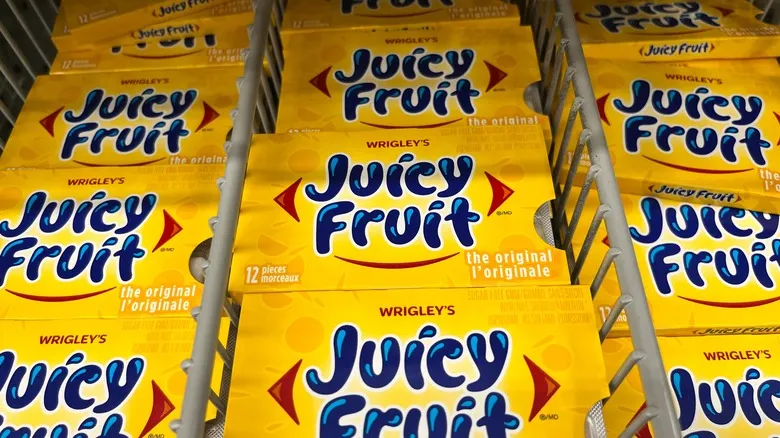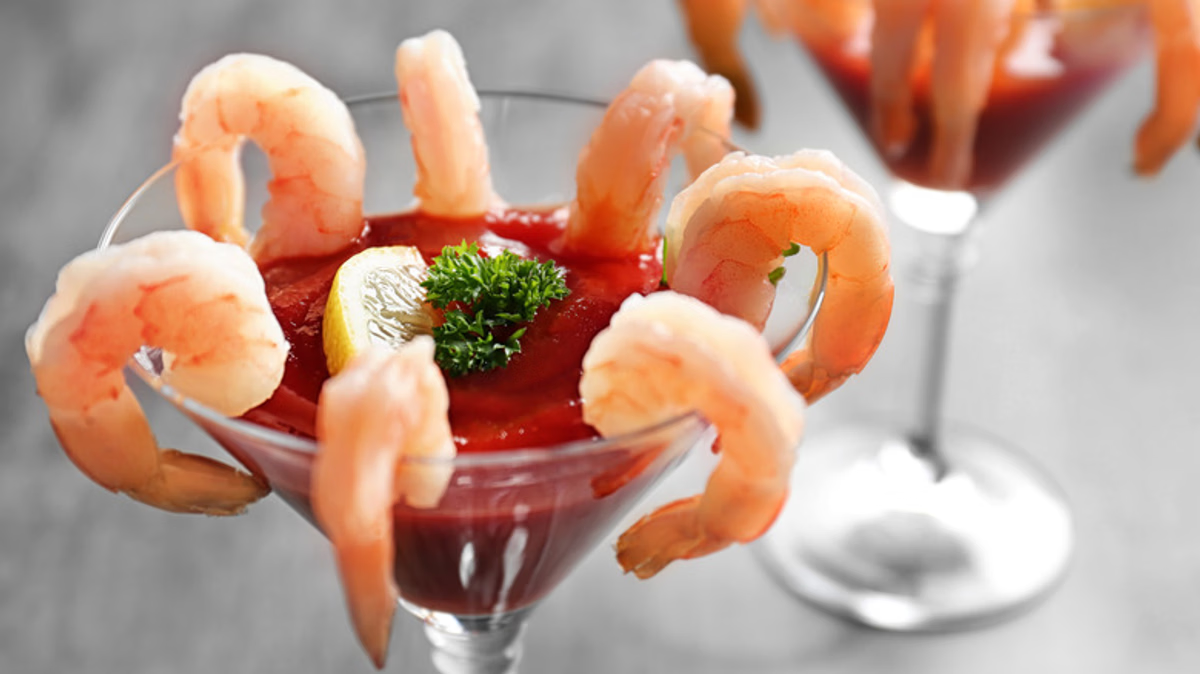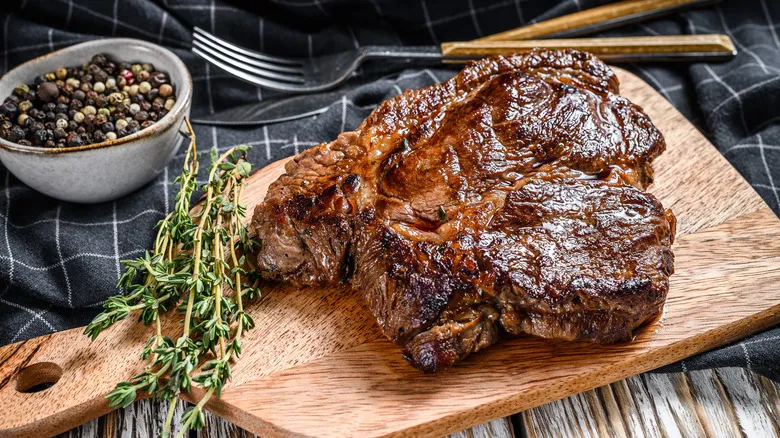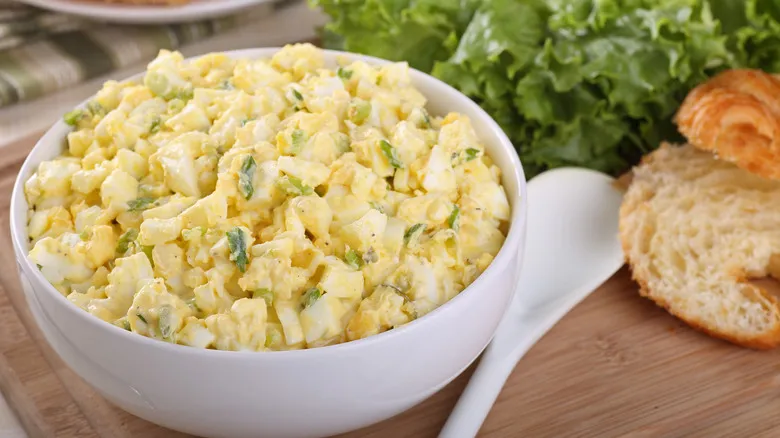The early days of Wrigley's Juicy Fruit gum

William Wrigley Jr. began his journey in the soap and baking soda industry with what would be today’s equivalent of $919.85. A clever marketer, he cleverly used chewing gum to attract customers to his store. However, he soon realized that his customers were more interested in the gum than his other products, prompting him to create and promote his first two gum brands: Lotta Gum and Vasser. Eventually, he crafted a recipe for Juicy Fruit, which made its debut at the Chicago World's Columbian Exposition in 1893.
It took about 21 years after the launch of Juicy Fruit for it to resemble the gum we recognize today. When it was first introduced during the Gilded Age, Juicy Fruit had a traditional mint flavor. However, around 1914, Wrigley's chemist Walter E. Diemer stumbled upon an enticing fruity blend of synthetic flavors while experimenting with recipes. The minty taste was soon replaced by a signature fruity flavor that garnered Juicy Fruit a substantial following. The precise flavor profile of Juicy Fruit gum remains somewhat of a mystery. However, in 2002, in response to an inquiry from a curious gum enthusiast, the company revealed that while the exact formula is proprietary, Juicy Fruit Gum features prominent notes of lemon, orange, pineapple, and banana.
Juicy Fruit from mid-century to today
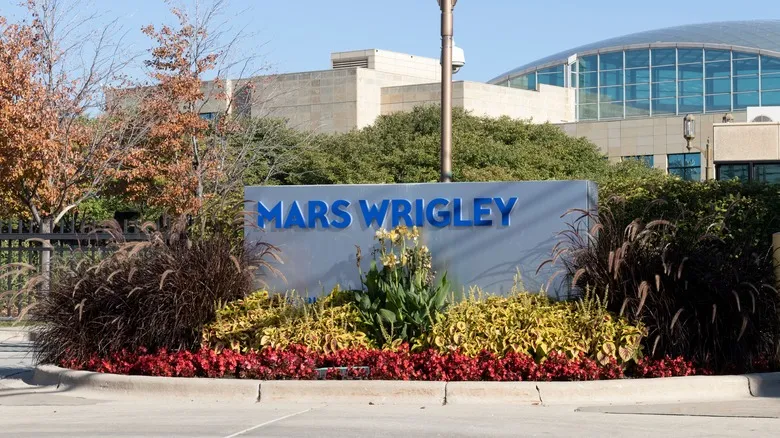
With its striking yellow packaging and unique flavor, Juicy Fruit's popularity was on the rise. It stood out among chewing gums, with quality being one of its key attributes. In fact, quality was so crucial to the Wrigley brand that a shortage of quality ingredients during World War II led the company to temporarily pull Juicy Fruit and Doublemint from the civilian market, supplying them only to the U.S. Armed Forces. Civilians, however, could still access Orbit gum during the rationing period, although Wrigley was upfront about using lower-quality ingredients in that product. (It's worth noting that Orbit gum already existed prior to the war; it wasn't a wartime creation.)
Building on the gum's success, Wrigley later introduced various versions of the beloved treat, including sugar-free options and new flavor combinations, which consumers eagerly embraced. When synthetic rubber became more affordable in the 1960s (yes, rubber is a key ingredient in bubble gum), the changes to the gum's formulation did not negatively impact sales. Eventually, Wrigley emerged as the world's leading and most recognized chewing gum manufacturer.
By the time the catchy "It's gonna move ya" jingle debuted in TV commercials in 1986, William Wrigley Jr. had been gone for over half a century. However, as the marketing genius he was, he would have appreciated it. The jingle became iconic, leaving a lasting impression on the public that endures to this day—not a minty flavor, but a distinctly Juicy Fruit one.
Recommended
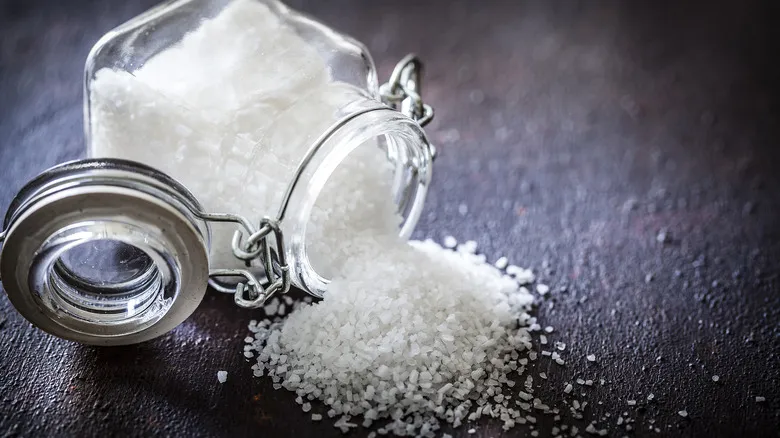
The Macabre Origin Of The Phrase 'Take It With A Grain Of Salt'

How The 1984 Olympics Changed Food For The Games Forever
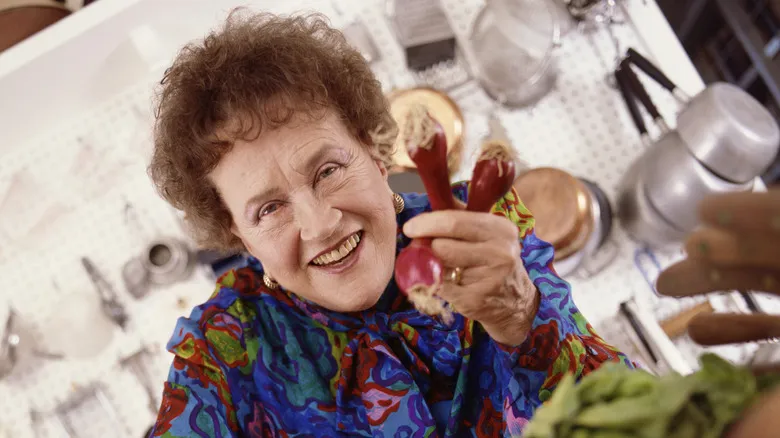
The Only Cooking Tasks Julia Child Used Her Microwave For

Salsa Golf: The Obscure Sauce Created By A Nobel Prize Winner
Next up

